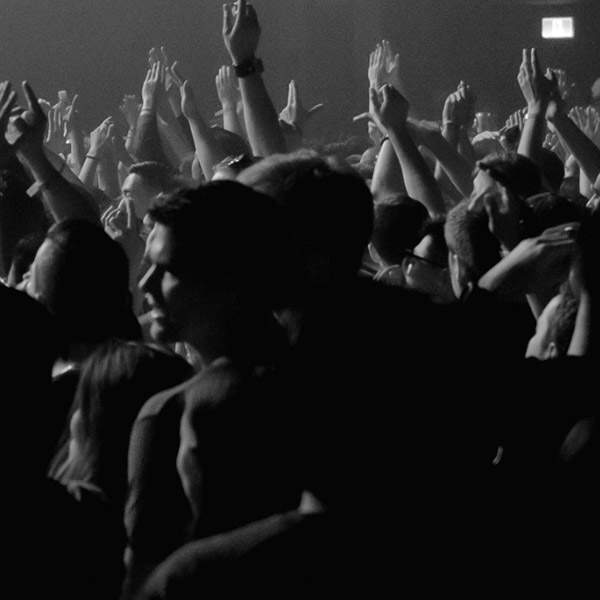Dave ‘Baby’ Cortez, Pop Music Pioneer, Died at 83 in 2022, Label Just Learned
Dave “Baby” Cortez, a piano player and songwriter best known for his rollicking 1959 Billboard Hot 100 No. 1 hit “The Happy Organ” has died at 83. According to The New York Times, Cortez actually passed more than three years ago, but the news of his death has not been confirmed until recently.
Despite scoring two chart hits, the performer born David Cortez Clowney on Aug. 13, 1938 in Detroit who came up on the 1950s Motor City doo-wop scene was something of a ghost for decades, rarely speaking to the press after quitting the music business in the early 1970s. His daughter, Taryn Sheffield, told the paper that she hadn’t heard from her dad since 2009, describing him as a “recluse for many, many years.”
Though he initially left his music career behind more than 50 years ago, the founder of New York independent label Norton Records, Miriam Linna, said she just recently learned that Cortez had been dead for three years. New York city records reportedly show that Cortez died on May 31, 2022 at his home in the Bronx and that he is buried in a potter’s field off the coast of the borough, where more than one million bodies are buried in unmarked graves.
It was Linna who persuaded Cortez to dip back into music in 2011 when the label released his first album in nearly 40 years, Dave Baby Cortez with Lonnie Youngblood and his Bloodhounds. It is unknown what the publicity shy performer was up to in those intervening decades, with Linna saying he sometimes performed as a church organist in Cincinnati.
Encouraged by his piano-playing father to take up the instrument, Cortez joined the local doo-wop vocal group the Five Pearls — later known as the Pearls — when he was 16, scoring minor hits with the songs “Please Let Me Know,” “Bells of Love” and “Shadows of Love,” the latter of which Cortez co-wrote. After moving to New York and joining another vocal group, the Valentines, Cortez began shopping his songs around town under the name the David Clowney Band.
His first effort was the bouncy, 1956 boogie woogie instrumental “Movin’ and Groovin’,” which he followed up with the slow-rolling “Soft Lights” in 1957 before taking on his stage name in 1958 and beginning work on the song that would define him in the public imagination and make history on the Billboard charts.
According to the Times, in a rare interview, Cortez explained that he first recorded the instrumental track for “The Happy Organ” in 1958, but scrapped a vocal he was unhappy with before noticing a Hammond organ in the studio that he decided to add to the song. “They played the track back a couple of times, and I started playing with this melody,” he told the National Association of Music Merchants in the interview. “I guess God gave me this melody.”
The two-minute track that emerged was a joyous, bouncy instrumental with a circus-like keyboard and rubbery guitar groove that became a surprise hit and the first instrumental to top the Billboard Hot 100 singles chart. The Times noted that the use of the Hammond on the song helped transform the instrument typically associated with Sunday church service into a reliable part of the rock arsenal on such organ-forward hits as Booker T. and the M.G.’s 1962 No. 3 Hot 100 classic “Green Onions” and the Doors’ 1967 No. 1 smash “Light My Fire.”
And while the song could have been a footnote in history, Cortez managed to score another organ instrumental hit in 1962 with the jaunty No. 10 charting “Rinky Dink.” Cortez would release a string of albums on a series of labels throughout the rest of the 1960s, pivoting to a more soul/funk sound on what would be his final recording for nearly four decades, 1972’s Soul Vibration. He scored one more charting song in 1973 with the gospel-y “Someone Has Taken Your Place,” which topped out at No. 45 on the Billboard R&B tally.
According to the Times, Cortez then vanished, refusing to do interviews due to the bad taste the music industry left him with until 2009, when Linna reached out and he shockingly agreed to get back in the studio to record the album with saxophonist Youngblood and perform at the label’s 25th anniversary party in 2011. He then vanished again.
When Linna mentioned Cortez on her “Crashing the Party” radio show last month, Australian teen doo-wop fanatic Liam Waldon went on a search to find out what had become of Cortez and discovered that he’d died and his body had been unclaimed.
Listen to “The Happy Organ” and “Rinky Dink” below.
Gil Kaufman
Billboard






